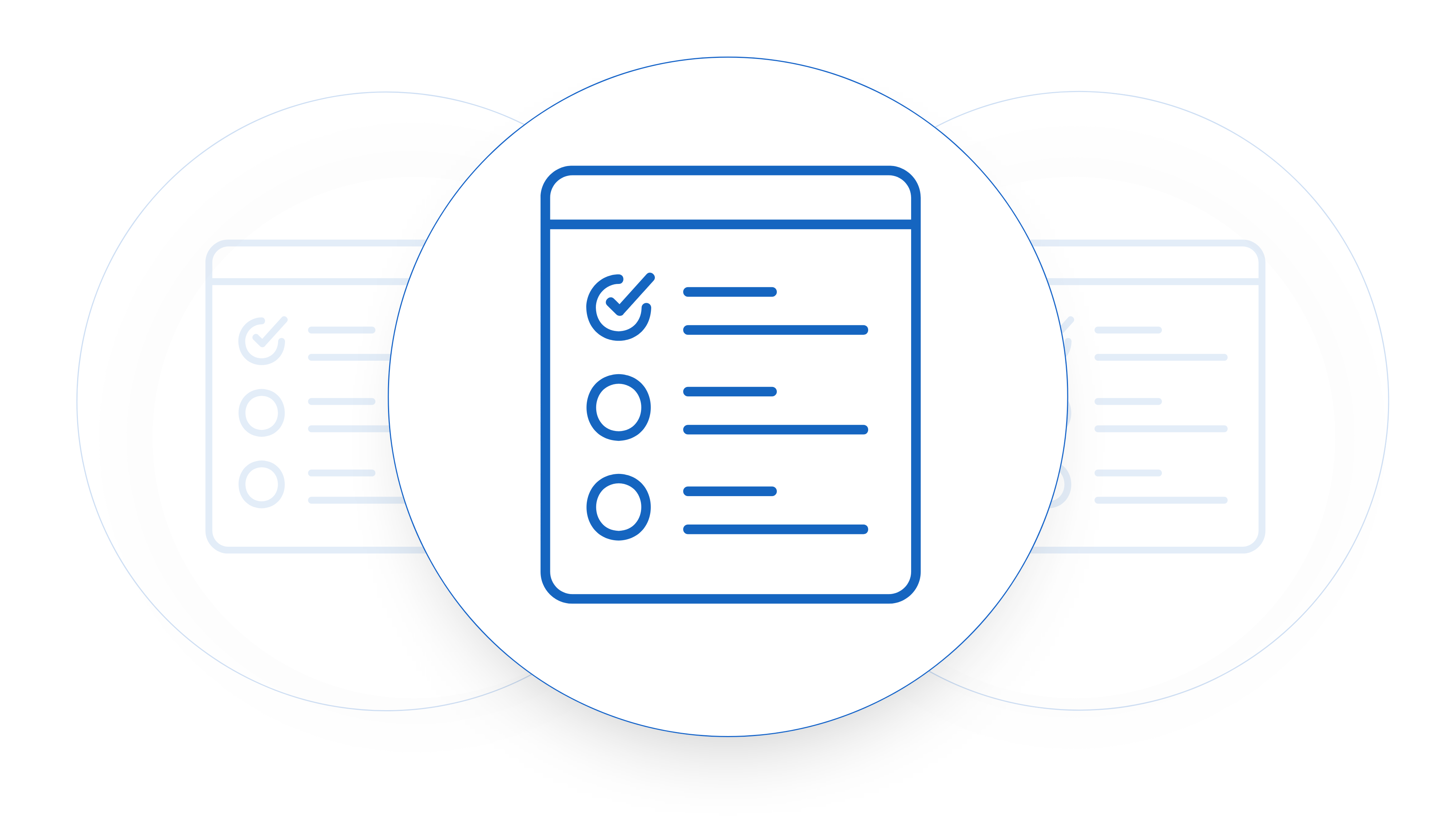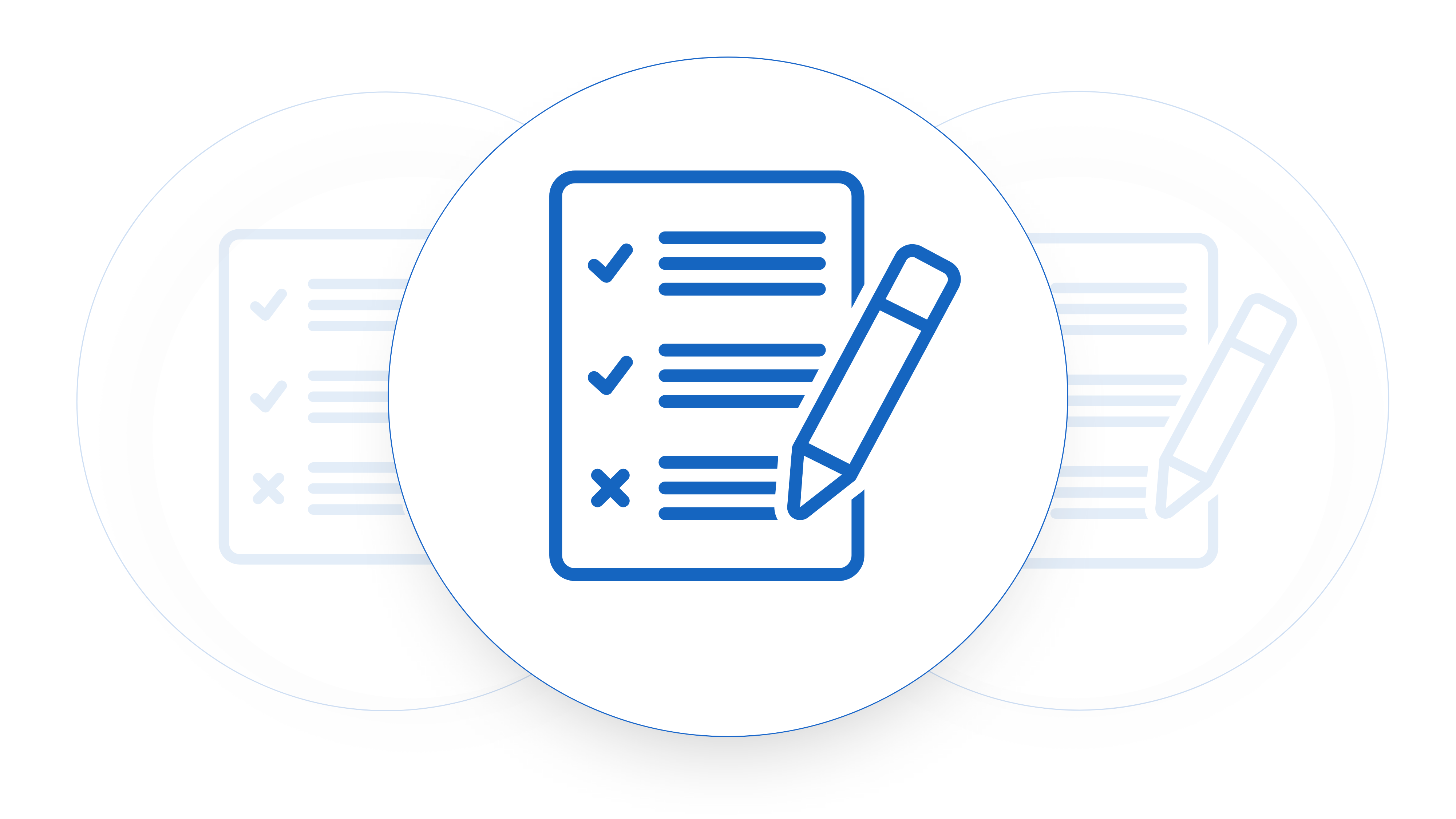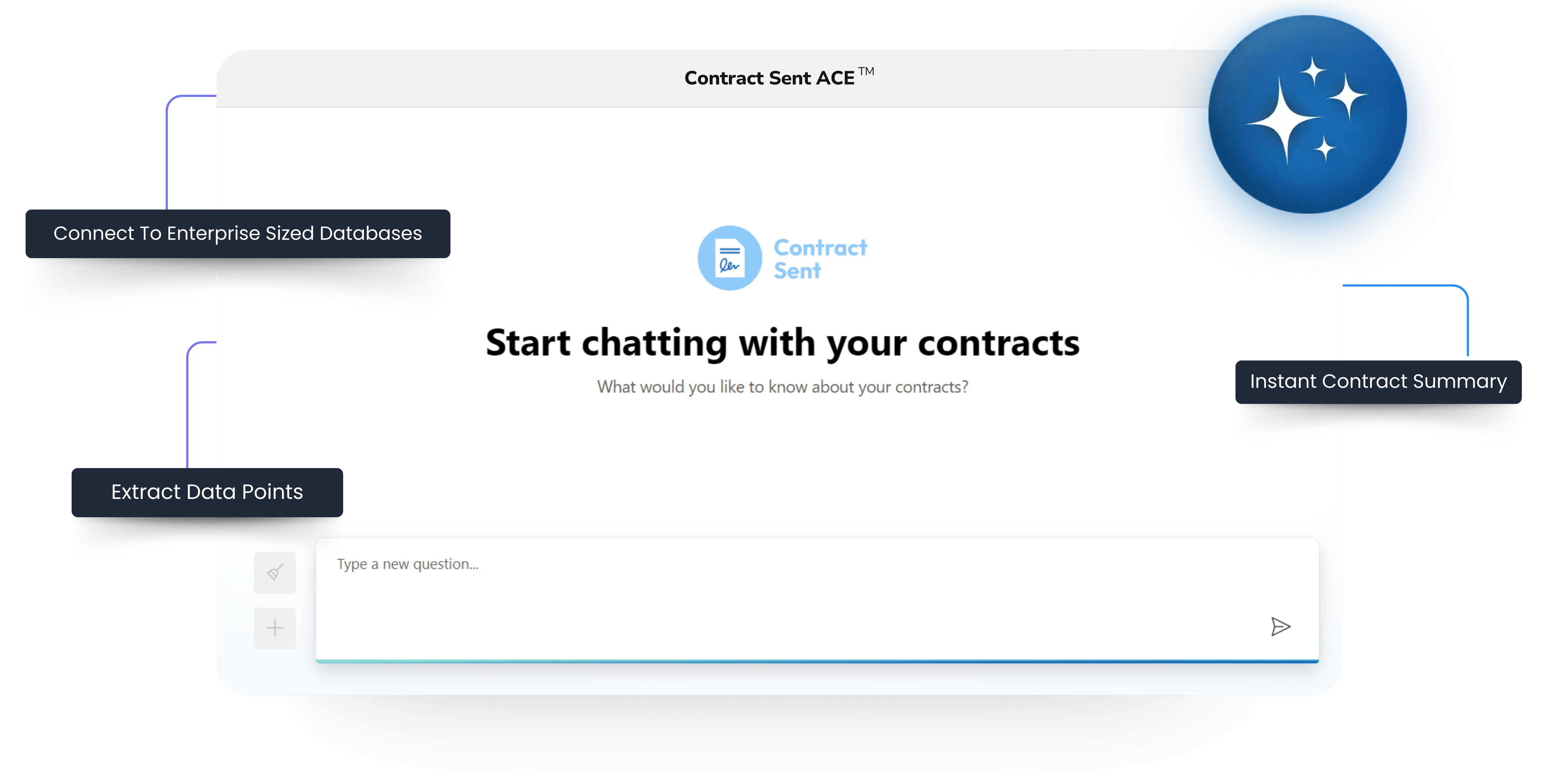Building out a business is tough. There at a lot of moving parts and to truly be successful you need to get them all working together. If you’ve build your sales pipeline to the point that you’re getting a number of customers through the funnel each month and you’ve got to the point that you’re needing to ask the question of how to build a contract management process then congrats on how far you’ve come so far. Contracts are not just the backbone of relationships, outlining agreements, responsibilities, and expectations between parties but the are also an extremely important part of the sales cycle. Whether you’re building a startup or an established enterprise, having a solid contract management process is essential for ensuring faster sales cycles, efficiency, compliance, and risk mitigation. But how exactly do you go about building a contract management process from scratch? Let’s break it down into simple steps.
Step 1: Define Your Objectives and Goals
Before looking at the (wildly exciting) nitty-gritty details, it’s essential to define your objectives and goals for the contract management process. What are you hoping to achieve? Are you looking to streamline workflows, reduce risks, or improve compliance? By clearly outlining your objectives, you can tailor your contract management process to meet your specific needs.
As with anything try and be specific here and look at what is causing the most issues and how you can improve it. One example would be looking at how long each stage of your sales cycle takes on average. If you’re contracting stage is taking long then you could set a goal of reducing this time to contract.
Step 2: Identify Key Stakeholders
Next, identify the key stakeholders involved in the contract management process. This could include legal teams, procurement professionals, sales representatives, and executives. By involving all relevant stakeholders from the outset, you can ensure buy-in and collaboration throughout the process. You should be taking into account your sales, revops, legal and finance teams at the very least.
Step 3: Map Out Your Contract Lifecycle
Once you’ve identified your objectives and stakeholders, it’s time to map out your contract lifecycle. This involves defining the various stages a contract goes through, from creation and negotiation to execution and renewal. Common stages include drafting, review, approval, signature, implementation, handover to finance and ongoing management.
Whatever these stages are you should be looking at creating a flow diagram for each of the steps and identifying the people involved and the blockers you’re facing.
Step 4: Choose the Right Tools and Technology
Selecting the right tools and technology is crucial for streamlining your contract management process. There are numerous contract management software like Contract Sent. Contract Sent incorporates simple document repositories, e-signature capabilities, automated workflows, and analytics. Choose a solution that aligns with your objectives and integrates seamlessly with your existing systems. We’ve looked to build Contract Sent with this in mind, integrating seamlessly with Hubspot, Google Drive, Sharepoint and Adobe Sign.
Step 5: Establish Standardized Processes and Contract Templates
Consistency is key when it comes to contract management. Establish standardized processes and templates to ensure consistency across all contracts. This could include standardized contract templates, approval workflows, and document naming conventions. By streamlining processes and eliminating manual tasks, you can reduce errors and improve efficiency.
Redline What Matters
Raise Changes For Approval To Turnaround Contracts Faster
Step 6: Implement Document Version Control
Document version control is essential for keeping track of changes and ensuring everyone is working from the latest version of a contract. Implement a system for document version control, whether it’s through a document management system or a simple naming convention. This will help prevent confusion and minimize the risk of errors.
Step 7: Train Your Team
Training is essential for ensuring that everyone involved in the contract management process understands their roles and responsibilities. Provide comprehensive training on your contract management processes, tools, and technology to empower your team to effectively manage contracts. And remember that you can’t just train people once and expect them to retain what they’ve learned. Repetition is the key.
Step 8: Monitor and Review Performance
Once your contract management process is up and running, it’s important to monitor and review performance regularly. Track contract key metrics such as contract cycle time, compliance levels, and renewal rates to identify areas for improvement. Get feedback from stakeholders in the business to see who you’re keeping happy and who you’re not, and make adjustments as needed to optimize your process.
The short answer for the question “How to build a contract management process?” is really that you should be treating it like any other operations process in you’re business. It’s often overlooking as an area of business improvement but it can have massive impacts. Building a contract management process from scratch may seem daunting, but by following these steps, you can create a streamlined and efficient process that meets your business needs. From defining objectives and mapping out your contract lifecycle to implementing the right tools and technology, each step plays an important role in building a solid foundation for effective contract management. By investing the time and effort upfront, you can save time, reduce risks, and drive success for your business.











